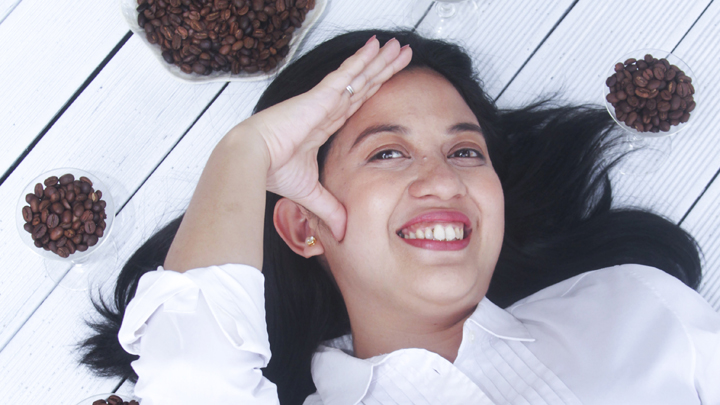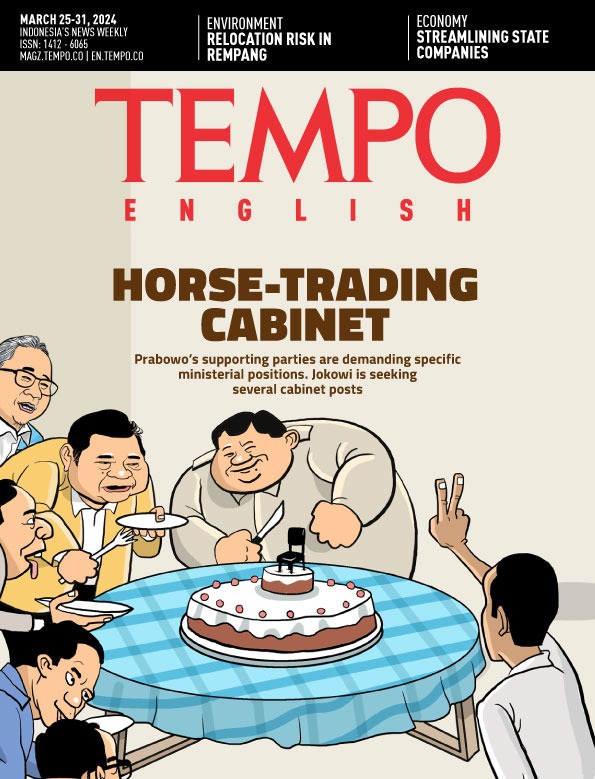Luak Coffee Tracker
Tuesday, May 21, 2019
arsip tempo : 171359896220.

LUAK (civet) coffee holds a special place in Sastia Prama Putri’s heart. She is the first researcher who discovered a way to identify the authenticity of the exotic Indonesian coffee. Her research was published in journals from four prestigious institutions, including the Journal of Agricultural and Food Chemistry. Thanks to her work, Sastia became a permanent lecturer in Osaka University, an esteemed college in Japan.
It all started from
...
Subscribe to continue reading.
We craft news with stories.
 For the benefits of subscribing to Digital Tempo, See More
For the benefits of subscribing to Digital Tempo, See More









